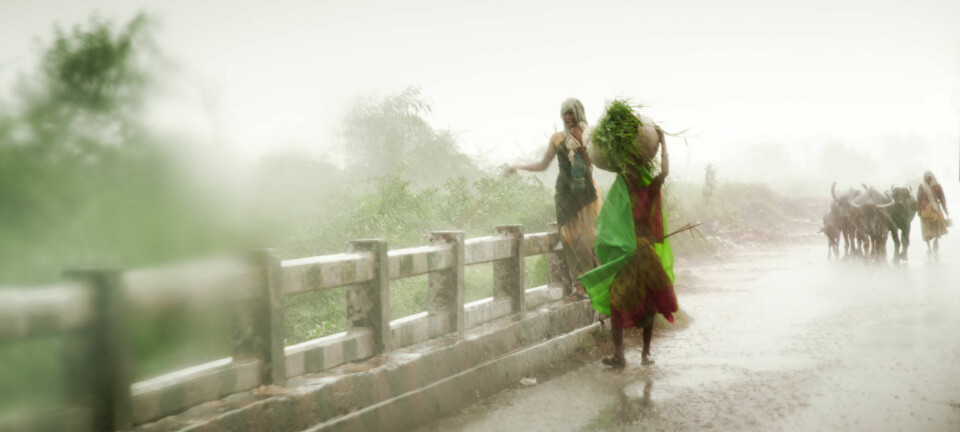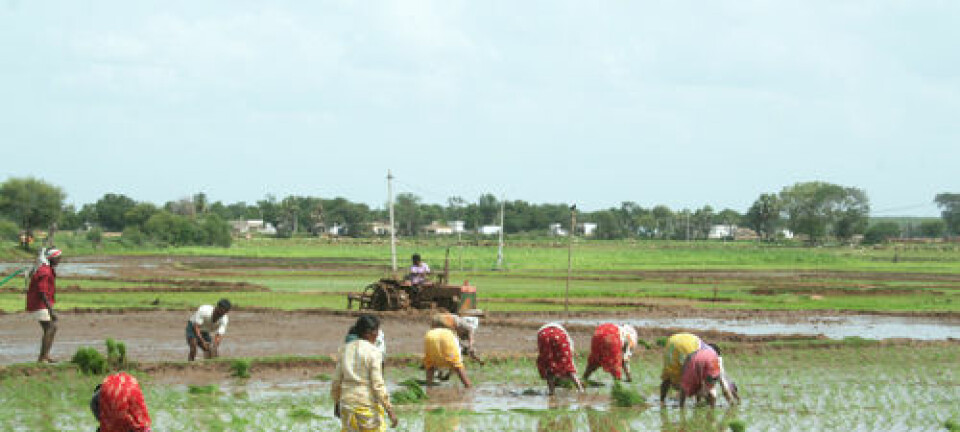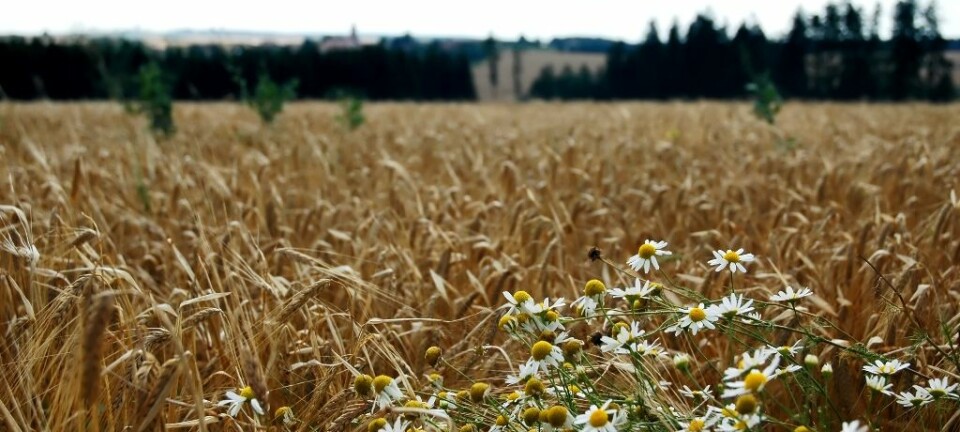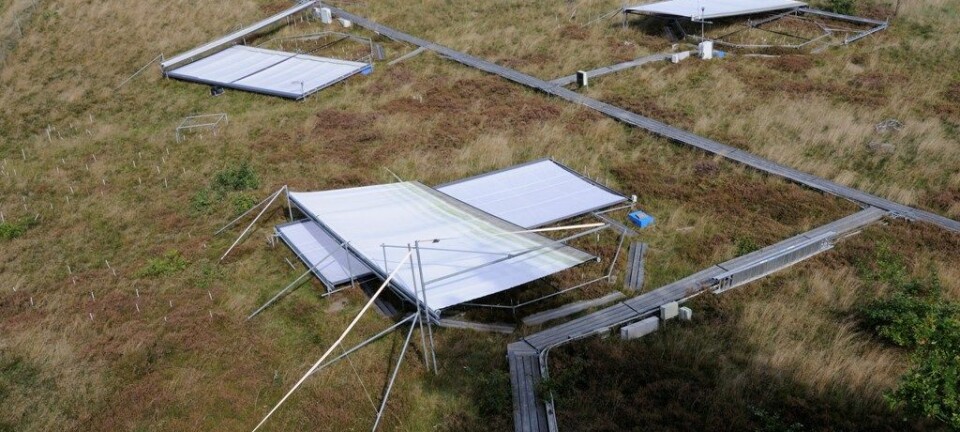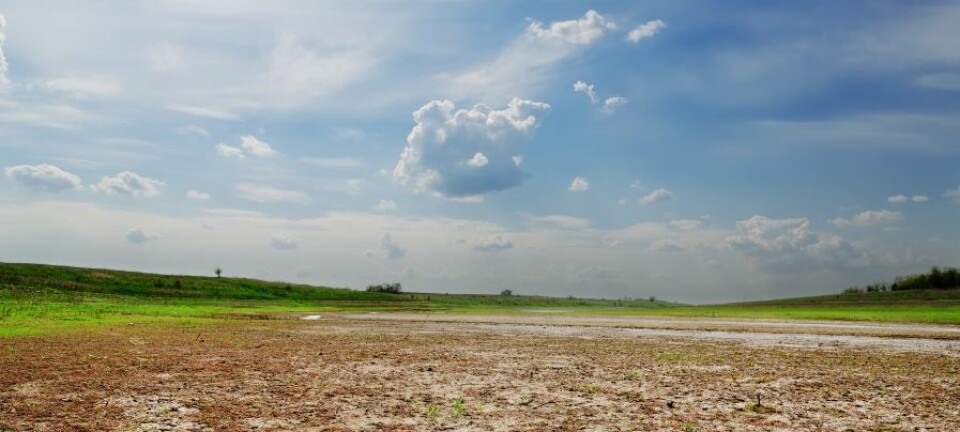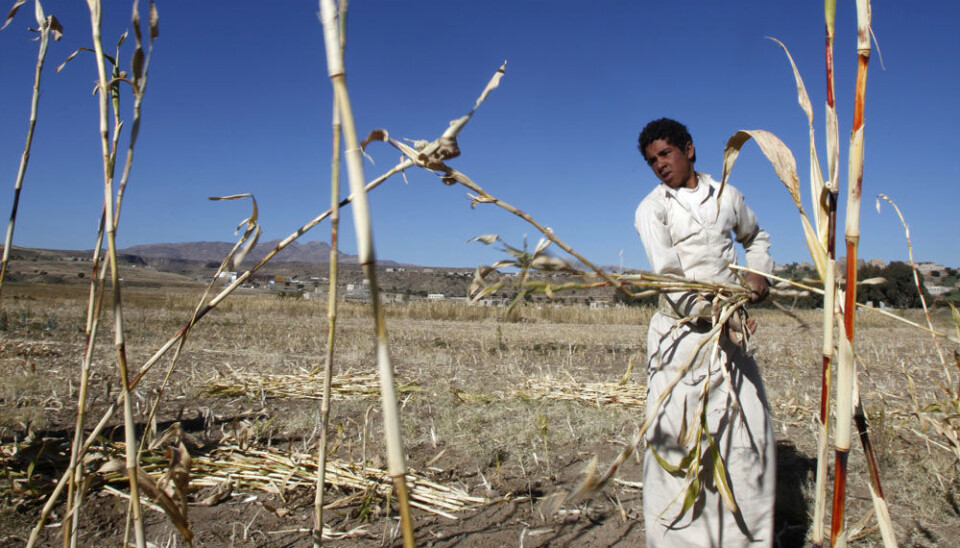
Food security hinges on climate adaptation
Climate change can have a devastating effect on agriculture in many regions. But much can be done to ensure future food supplies for everyone.
Denne artikkelen er over ti år gammel og kan inneholde utdatert informasjon.
The message of the Intergovernmental Panel on Climate Change’s (IPCC’s) Fifth Assessment Report on climate change is clear: Climate Change is already here.
But we still have a window of opportunity for action, for reducing emissions of climate gases and preparing for the consequences of the changes that are now inevitable.
Production and distribution of food is one of the key considerations we need to plan for on a warmer planet.
Some positive, most negative
Scientists have already conducted plenty of research on the agricultural impacts of a changing climate. The IPCC says:
“Climate change has negatively affected wheat and maize yields for many regions and in the global aggregate.”
Some farmers in northern regions have increased their harvests in today’s warmer temperatures, but in general it appears that global warming will result in poorer crop yields.
Effects on rice and soybean yields have been smaller in major production regions and globally.
If mean temperatures rise to two or more degrees Celsius above the levels of the late 1900s, we can expect negative effects on the production of wheat, rice and maize.
The good news is that we can still do much to adapt to a warmer planet. But according to Siri Eriksen of the Norwegian University of Life Sciences (NMBU), we will need to assess a number of factors that have an effect on food security around the world.
She is also one of the lead authors on the climate assessment’s chapter on livelihoods and poverty.
Losing livelihoods
“Of course a key factor is the production of food. A number of countermeasures can be taken in agriculture. We could improve technology and find more suitable seed grains and production methods,” she said.
“But food security is also an issue of access to food. One of the biggest challenges is represented by increasing poverty,” says Eriksen.
She thinks the climate change will fuel the processes which cause poverty. Droughts and floods can devastate livelihoods. Possessions and equipment can be destroyed and essential roads and other types of infrastructure can be damaged.
“The poorest people are especially vulnerable to these kinds of catastrophic events. New groups of people can fall below the poverty level,” says Eriksen.
She offers an example: “A farmer raises cattle but after repeated episodes of drought he loses all his livestock. He has no opportunities for starting again and has to take on temporary work or try to find a job in the city.”
High food prices
Lower agricultural yields in large regions will raise food prices significantly and more people will be struggling to put food on the table. Higher food costs will hurt the poorest people in the world’s most vulnerable areas, of course, but not only them.
“Most of the world’s poor people live in middle income countries such as Pakistan, Nigeria and Brazil, and we see increases in the poor in Europe,” says Eriksen.
She considers it essential for us to ensure that people have the right to land, better social networks and high enough incomes to buy the food they need.
However, the researcher warns that not all anti-poverty efforts will make people less vulnerable to climate changes.
“It’s vital for us to keep a climate perspective in our efforts to end poverty and investigate what it is that enables some groups to tackle climate changes while others fail.”
-------------
Read the Norwegian version of this article at forskning.no
Translated by: Glenn Ostling







